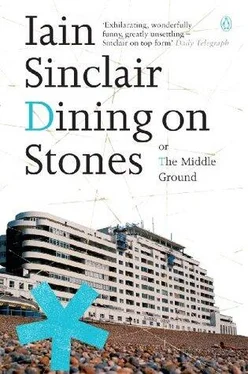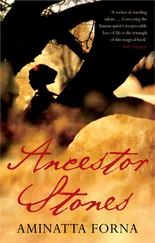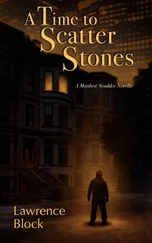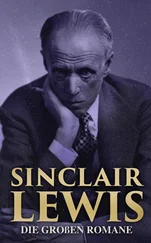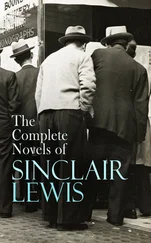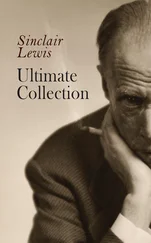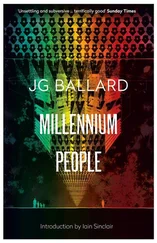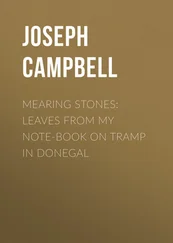The three A13 tower blocks with the pink stripes, previously logged from Beckton Alp, are now seen at speed from the train: across colour-coded warehouses, railway sidings, thorn bushes, yellow hoists. Focus softens. Reflections of Snip, head bowed, mouth agape, on the dirty glass (etched with spirals of obscenity, an aerial view of the Bishopsgate Ice Rink).
DAGENHAM STAMPING OPERATIONS. The visible stink of harsh dyes and chemicals, money in the vat. Dagenham: world capital of asthma. Rhone Poulenc Rorer: identified by a 1999 television report as the principal agent of air pollution in the Estuary. The price of prosperity. TIME ENGINEERS.
Snip snores gently, mutters in his sleep. ‘It’s what Joey wanted.’
Rodinsky’s A — Z expedition circumnavigated the borough, a beating of the bounds. He took in a school, Valence Park, and a march right down the centre of the A13 (Barking By-Pass). He even looped south to pay his respects to the oval of the ‘Greyhound Race Track’ and ‘Fords Motor Works’. The seven wonders. Sights seen and noted in red ink, Rodinsky never again travelled so far east (he didn’t make it to Southend). He returned to Princelet Street and stayed put — until they removed him to the hospital in Epsom.
Snip was a very different case. More like the gangsters and knocker boys of the Sixties, taking advantage of cheap petrol and a developing motorway system, he travelled the country. A widow in Newcastle, a lady from Boots the Chemist in Morecambe. He worked as a stagehand in Liverpool, a tout in Brighton. And he played the horses, dogs, cards.
He deserved a day out. I’d stand him a proper breakfast when we got to Rainham.
The woman’s reassuring voice announces it: next stop. I shake Snip, gently. ‘Right then, son. Lovely.’
The train’s gone. The cold grabs us. A landscape to die for: haze lifting to a high clear morning, pylons, distant road, an escarpment of multicoloured containers, a magical blend of nature and artifice, greed and altruism. Bugger Conrad, Rainham is one of the bright places of the earth. Comfortable beside the Thames, between river and forest. And soon to disappear for ever down the black hole of the Channel Tunnel Rail Link. Struck from the map.
Provoking Snip’s visible irritation — ‘brass bleedin’ monkeys’ — I climb the railway bridge: marshland divided by the new A13 relief road (old road banished to Purfleet, oil tanks, travellers and their horses). Away to the south, winter sunlight bounces from a swift river. To the north, the remnant of a lost Essex village: Norman church, regularly proportioned Georgian hall, several pubs, Thames tributary (the downgraded Ingrebourne). Quite enough to get us moving.
Snip is already moving, leg to leg.
‘I’m busting for a jimmy, son. Any facilities on this poxy platform?’
Enough, I’d say, to launch a raft of essays about … borders, the middle ground. I’m revived, revitalised. That’s all it takes, a new spread. Virgin turf. The A13 book will write itself; start snapping, Norton, get your camera out. And don’t forget the car park: no cars (no commuters), rattle of trains, heavy plant, quarrying, yarns about villains.
Rainham Station car park is much more threatening (less obvious), as a site for mayhem, drug deals, porn shoots, than the urban multistorey. (Acceptable in Get Carter , done to death by TV cop shows. By the time the multistorey reaches the Mitchell brothers and EastEnders , sack the location scouts.) There is an implied risk in wide skies, undefined criminous business occurring at the horizon, the flick of constant traffic: no vertical humans, no voices. It’s like that moment in film noir when German Expressionist interiors, tilted sets, give way to apparently innocent Californian landscapes: Out of the Past . The filling station and the breakfast bar come into their own. If nothing else is happening, a man will drive slowly into town and hit you with a back story: fate. Malefic as the kiss of syphilis at a high-school hop.
Talk about location scouts. Danny’s file has a beauty, a photograph of a resting motorist: Captain Amies, land agent. Rainham, back then (early Twenties), was like the Wild West, frontier country; unexploited, inhabited by inbreeds whose ambition, after uncounted millennia, had allowed them to bellycrawl twenty yards out of the river mud. Amies, who must have served in the First War and lived to bring his traumas home, had the perfect job: scouting the middle ground, the gap between what was known (London, dirt, people-stink) and hazy distance (Turner’s atmospherics, his showy skies). The London County Council commissioned the captain to cruise the lanes and farm tracks and river roads of the back country: genial fellow, military title, in search of, so it appeared, the perfect pub.
I don’t know anything about cars, but this one looks very much like a Model T Ford; spare tyre (necessary) clipped to driver’s door, canvas roof, detachable headlamps and a very impressive horn (scare the cows).
Prairie, cropped grass, a fence. And, almost lost in the distance, the silhouette of — what? The Belvedere Generating Station across the river on Erith Marshes? The captain is placed . He has been given a specific brief: find the right location for the Becontree Housing Estate.
This gentlemanly occupation, from those post-war years, has now devolved to artists like Jimmy Seed. Get out there. Take your snaps and bring them back to town. Jimmy reworks, recreates (cleans up) Dagenham, West Thurrock, the QEII Bridge, hypermarkets, fast-food joints, cinemas. He puts down a marker. When they exist, to his satisfaction, in the studio, they’re done with: sell the painting (to America, to be stored in a barn in the Midwest), knock down the redundant actuality.
On other occasions, Captain Amies (pipe and trilby) was accompanied by his young son — and a photographer. Don’t, please, think Paper Moon : pastiche, sentiment, Ryan and Tatum. Amies had no truck with any of that; he was still in uniform, dark suit, high collar, shoes like a shaving mirror. He poses, as if under orders to reveal nothing beyond name and rank, in the doorway of a clapboard Dagenham farm, alongside his tiny other rank (school cap, bare knees, sandals). This lad, a future favourite of the royals, also picked up a title: Sir Hardy Amies, Novocaine-lipped couturier.
At the end of the platform was a long mirror, like Dr Jekyll’s cheval glass. Disturbing: twin panels. Mirror offering the view back down the platform (no Snip, he doesn’t register) and the diminishing perspective of the long straight railtracks. Backwards and forwards, past and future. Seamlessly joined in my snapshot (I hoped the flash wouldn’t blow the effect).
Snip was no vampire. The reason he didn’t show up on the screen soon became evident: he’d ducked into the Gents. A long-term victim of the eroded social amenities of London, I’d forgotten such things existed. I had to experience this, the cold-weather micturation, when you fear for that merciless final spurt, after the shaking, and the folding back, the fiddling with buttons.
‘Will you fuck me in front of Her?’
Graffito. The final pronoun capitalised as in the Francophile novel by San Francisco poet and publisher, Lawrence Ferlinghetti. This tease was not a literary hommage , inscribed by some ageing downriver beatnik. It was a direct question, a philosophical challenge.
The conjured scenario pricked me: which her ? Until, ticket barriers navigated, down the steps, stride for stride with Snip, the gender of the actors in this erotic dramaticule became clear. Penned in the Gents, the artist was advocating male-on-male action: as a provocation, a way of neutralising female potency. Enforced voyeurism was not the game: trashing mum. I would ring Hannah, or stop off at the Travelodge on my way back, talk it out. The statement. And my reaction to it. Her reaction to both the tale and my telling of it.
Читать дальше
